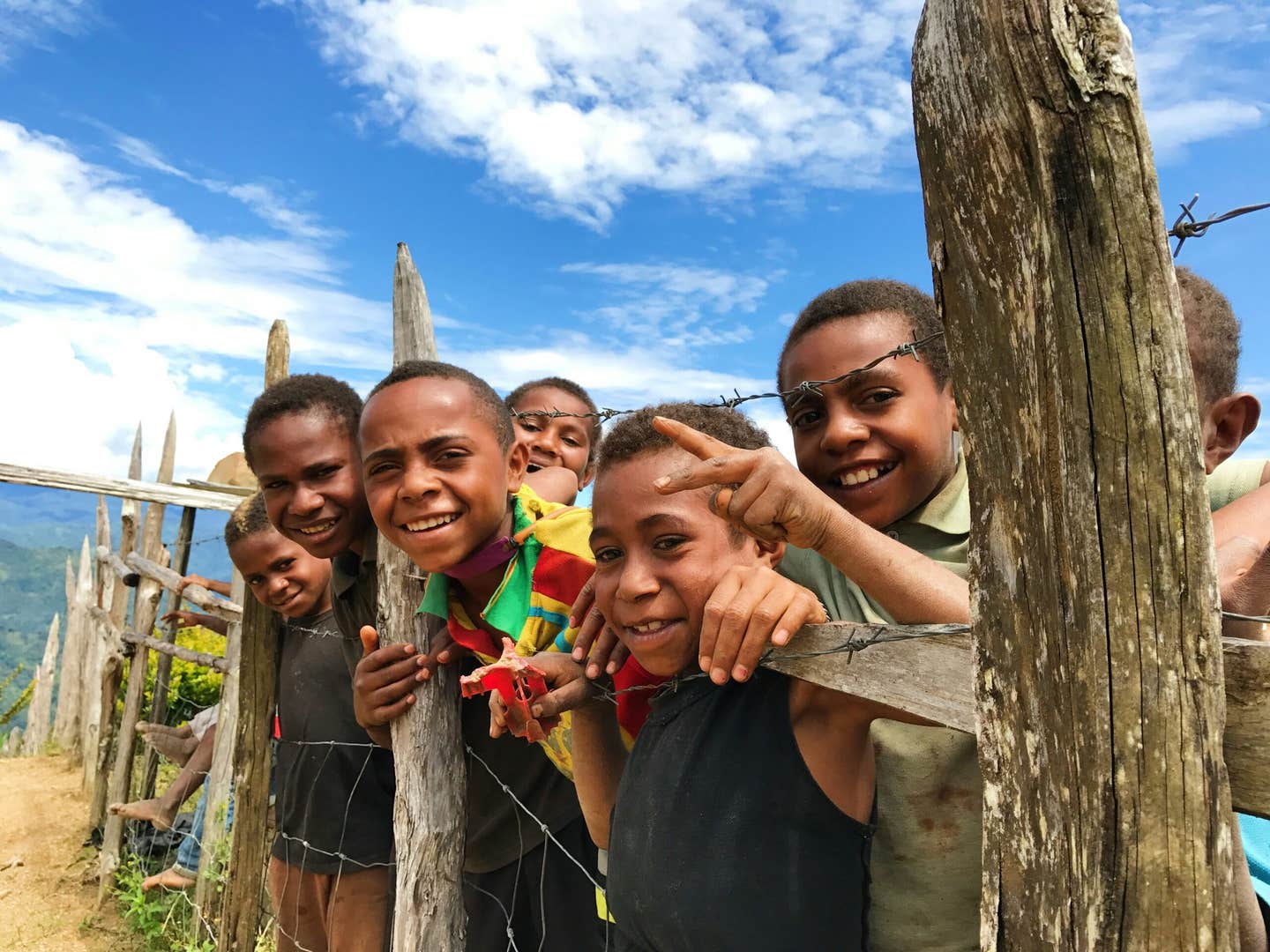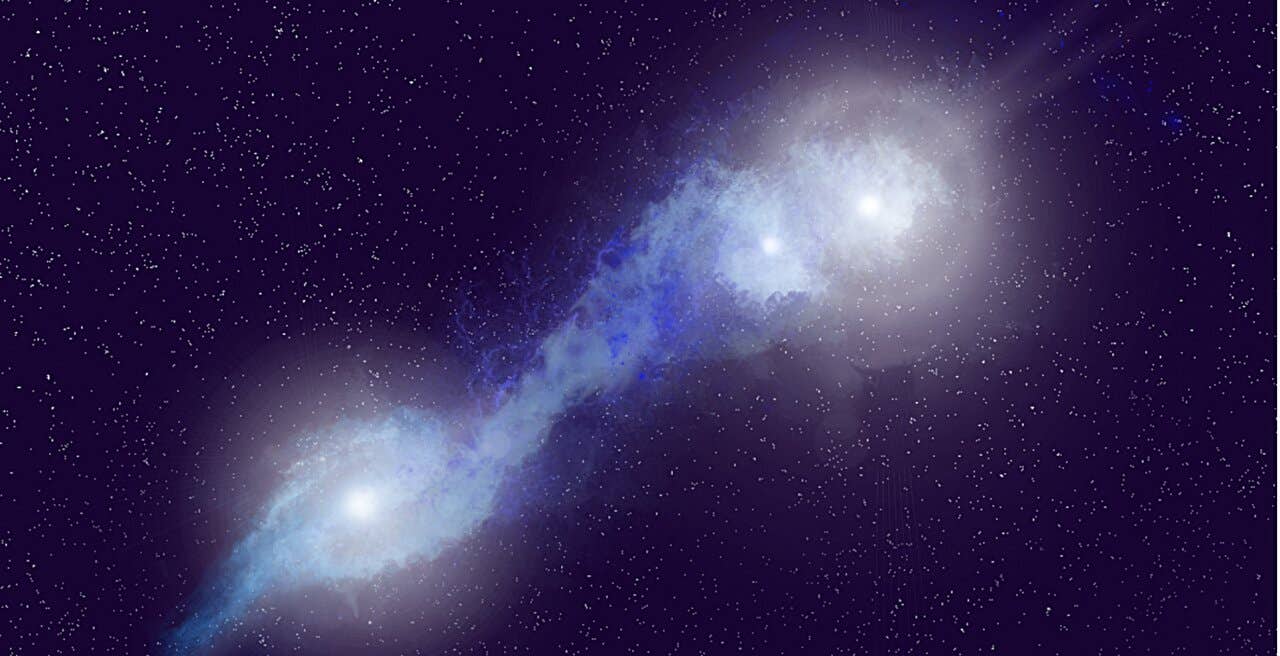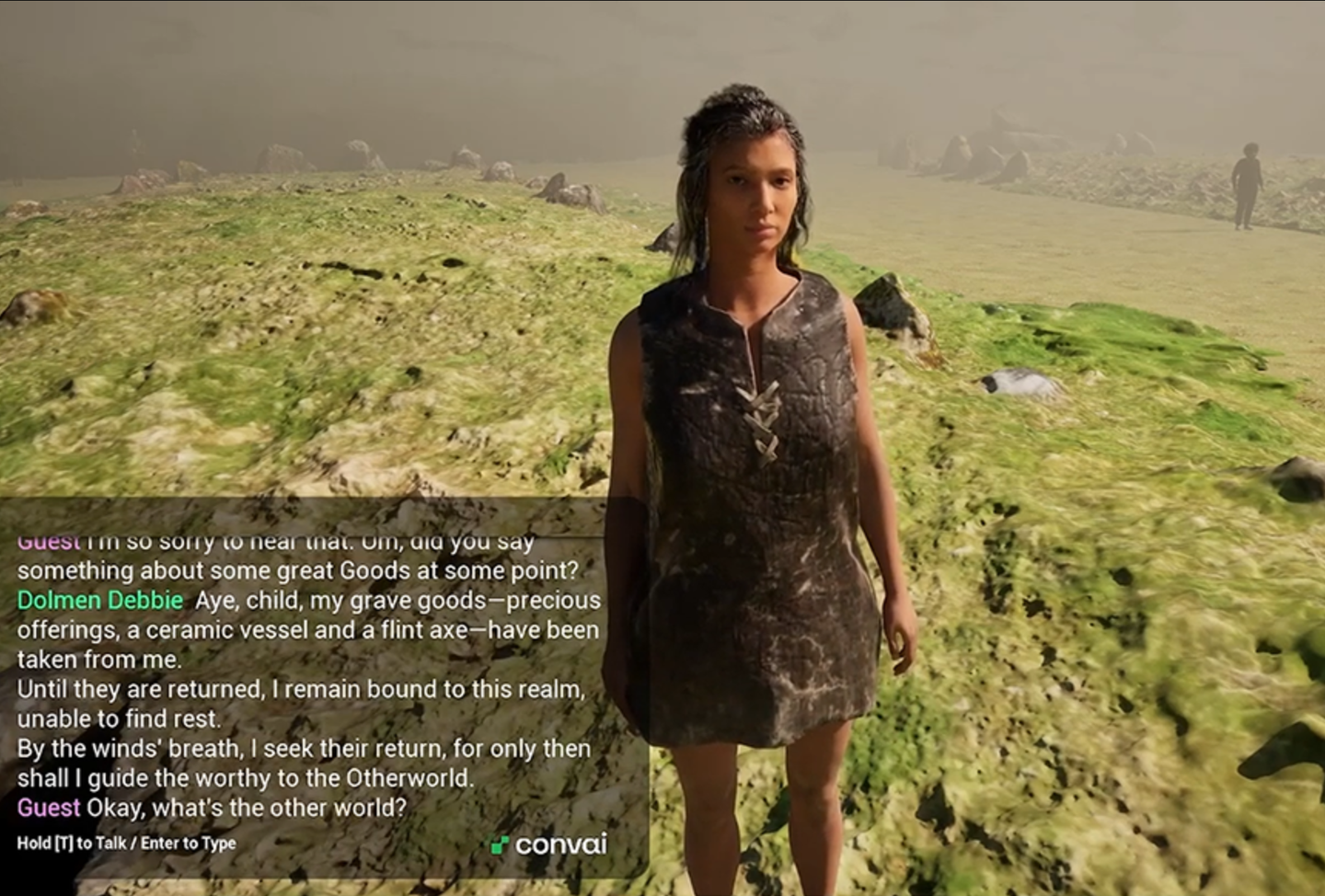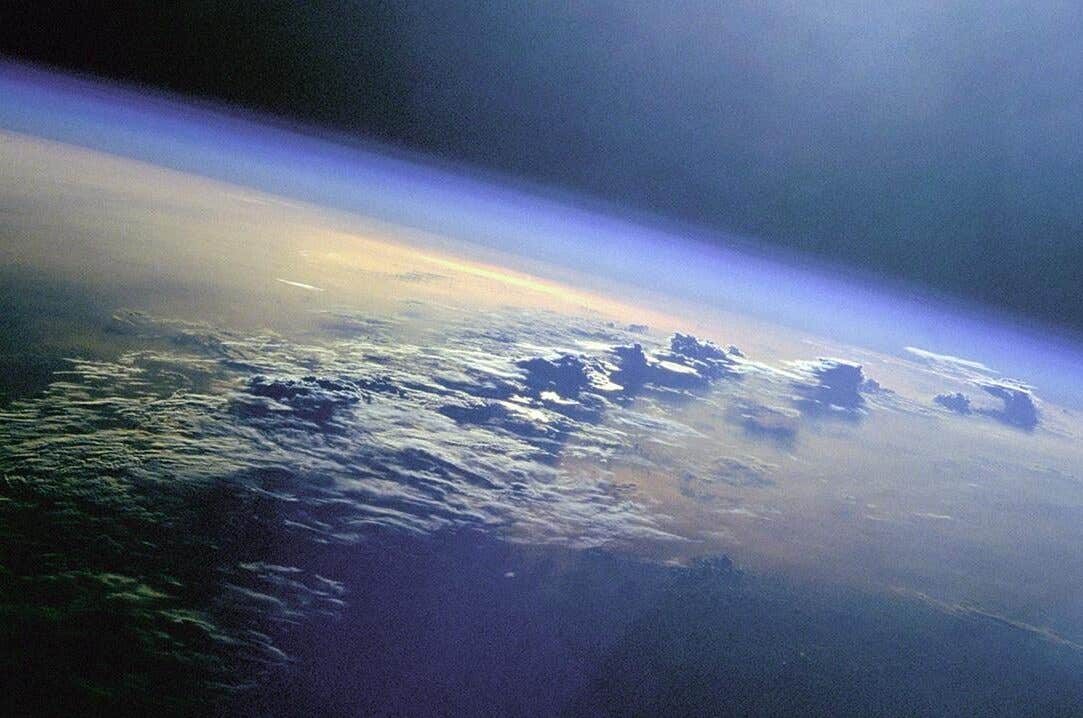Ancient DNA reveals 2,500 years of human movement and change in the South Pacific
AI-powered DNA study reveals Papua New Guineans are part of the same human migration as Asians, not a separate African lineage.

AI-backed research reveals Papua New Guineans’ shared ancestry with Asians, not an early African migration as once thought. (CREDIT: Vika Chartier on Unsplash)
Across the South Pacific, tucked between rainforests and volcanic mountains, Papua New Guinea holds one of the most genetically unique populations in the world. Long isolated from the rest of humanity, Papua New Guineans carry traces of our earliest migrations, ancient hominin interbreeding, and a demographic history unlike any other group on Earth. Scientists have long wondered whether this group descended from a mysterious early migration out of Africa. Now, a new study challenges that idea using high-powered genetic tools, advanced modeling, and artificial intelligence.
A team of researchers from Europe reexamined the genetic origins of Papua New Guineans with fresh DNA samples and machine learning methods. Their goal: to understand where this group truly fits in the human family tree. Their findings, published recently, suggest that Papua New Guineans share common roots with other Asian populations rather than representing a completely separate lineage.
Genetics Reveal a Shared Ancestry
Modern humans began leaving Africa between 50,000 and 70,000 years ago. This major migration spread Homo sapiens across the globe — into Europe, Asia, and eventually Oceania. Some scientists have long believed that Papua New Guineans might descend from an earlier wave of humans that left Africa before this main event. This idea, known as the "First Out of Africa" hypothesis, has been supported in part by archaeological findings. The oldest human remains in Oceania date back 50,000 to 60,000 years, making them older than some of the earliest human sites in Europe.
But genetics is telling a more complex story. Earlier studies of mitochondrial and Y-chromosome DNA found little support for a separate, earlier migration. Instead, these studies pointed toward a shared ancestry with other non-African groups. The latest findings take this further. Using a method called Relative Cross Coalescent Rate (RCCR), which tracks how genetic lineages diverged over time, the new study confirms that Papua New Guineans are a sister group to other East Asian populations.
Dr. Mayukh Mondal, who led the research, explained that previous interpretations of RCCR curves may have been misleading. “The shifts we saw weren’t because of a separate migration,” he said. “They were caused by strong bottlenecks and a slower population growth rate.” This new analysis shows that the ancestors of Papua New Guineans likely came from the same Out of Africa migration as other Asians. Over time, their population shrank dramatically and stayed small, especially after reaching the island. This isolation preserved ancient genetic signals that, without context, might resemble a link to an earlier migration.
Isolation and the Denisovan Connection
One of the most remarkable features of Papua New Guinean DNA is its unusually high percentage of Denisovan ancestry. Denisovans were archaic humans closely related to Neanderthals. They lived in parts of Asia but left behind very few physical remains. Their genetic legacy, however, survives — and nowhere more so than in people from Papua New Guinea.
Related Stories
- Neanderthal ‘Fat Factory’ reveals food processing as far back as 125,000 years ago
- Breakthrough discovery links Neanderthal DNA and autism
- Ancient wooden tools, from long before Homo sapiens emerged, discovered in China
This Denisovan DNA likely entered the Papua New Guinean genome through interbreeding somewhere in Southeast Asia or Oceania. These ancient genetic fragments set them apart from other groups and add to the mystery surrounding their origin. But even this mixing doesn’t require an early out-of-Africa explanation.
The research team’s models showed that Denisovan ancestry could be inherited through normal routes of ancient human movement and interbreeding. The small population size and long period of isolation helped preserve these ancient fragments, making them more noticeable than in other populations.
Challenging Old Theories
For decades, scientists tried to reconcile the visual differences between Papua New Guineans and other Asian groups. Some features — such as darker skin or certain bone structures — appear closer to those seen in Sub-Saharan African populations. This fueled the belief that Papua New Guineans might have come from an earlier African lineage.
But the new findings suggest that these physical traits arose independently through natural selection, not because of shared ancestry. Dr. Mondal believes that environmental adaptation may explain their appearance. “Perhaps adaptations to tropical climates make them look more like Sub-Saharan African groups,” he said. “Even though their genetics clearly link them to other Asian populations.”
That idea isn’t far-fetched. Human populations have adapted to their environments over tens of thousands of years. Skin color, for example, is shaped largely by UV exposure. Traits that evolved in response to local conditions can appear similar in people with very different genetic backgrounds. This makes it clear that physical appearance alone isn’t enough to determine ancestry. Only through genetic analysis can we understand how isolated populations like the Papua New Guineans truly relate to the rest of humanity.
AI and the Genomic Revolution
This research stands out not just for its findings, but for how those findings were made. Artificial Intelligence played a key role in re-evaluating the genetic models used to trace ancestry. AI tools helped the researchers run thousands of simulations, compare complex genetic histories, and test competing hypotheses.
These AI-powered models allowed the team to separate real signals of ancient divergence from those caused by population bottlenecks. A bottleneck — when a population sharply decreases in size — can leave a strong genetic signature. In this case, it mimicked the signal of an early migration.
Without the AI tools and expanded sample sizes, these patterns could have been mistaken for a connection to a now-extinct population that left Africa long before other groups. The researchers showed that you don’t need to assume a mysterious migration to explain the genetic data. Instead, Papua New Guineans fit comfortably within the broader non-African family, just shaped by an unusual demographic path.
A Living Legacy of Human History
The people of Papua New Guinea are living carriers of one of the most ancient human stories. Their DNA reflects a journey that began in Africa, passed through Asia, and ended on a remote island thousands of years ago. Along the way, their ancestors mixed with Denisovans, faced long periods of isolation, and developed unique traits shaped by their environment.
Today, their genetic legacy reminds us how complex human history is. Each population carries its own chapter of our species’ past. And sometimes, what looks like an evolutionary mystery is simply a misunderstood signal — one that can be clarified with better tools and better data.
While small traces of an earlier out-of-Africa population cannot be fully ruled out, this new study shows they aren’t needed to explain the genome of Papua New Guineans. Instead, these people belong to the same family as other Asians, diverging only due to a unique history shaped by geography, chance, and time.
As science continues to unlock more ancient secrets, one thing becomes clear: every group, no matter how remote or different, is part of the same human journey.
Research findings are available online in the journal Nature Communications.
Note: The article above provided above by The Brighter Side of News.
Like these kind of feel good stories? Get The Brighter Side of News' newsletter.



